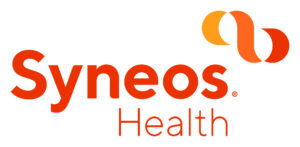-
1. Digital Health 2022
-
2. Introduction
-
3. Contents
-
4. Timeline: a history of medical imaging
-
5. Frontiers Health 2022 – a digital mixture of start-ups and life sciences in Milan
-
6. Sign-up for pharma news alerts
-
7. Unlocking the promise of patient support programmes in oncology
-
8. The rise of healthcare influencers and how to effectively engage with them
-
9. Company profile: Vinehealth
-
10. How AstraZeneca launched a truly people-focused healthcare innovation hub
-
11. Video: Live from Frontiers Health 2022
-
12. The pharmaphorum podcast
-
13. Create, approve, deploy: supercharging communications with modular content
-
14. Case study: Syneos Health and VBI Vaccines
-
15. Measuring the cost-effectiveness of vaccines
-
16. Subscribe to future Deep Dive issues
-
17. Contact the Deep Dive team



